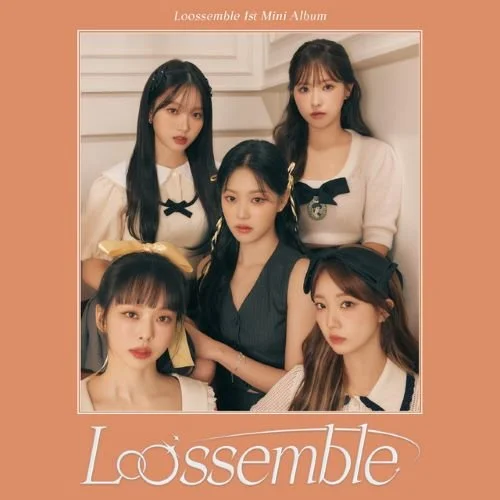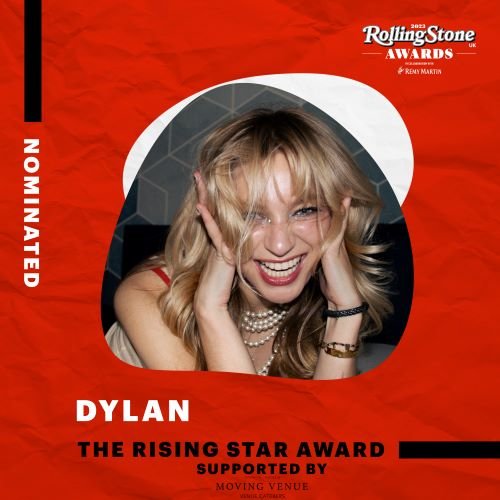FEATURE:
Destroy the Silence
PHOTO CREDIT: Alycia Fung/Pexels
Ensuring That the Music Industry Protects the Safety of Women
_________
DESPITE the fact…
PHOTO CREDIT: Mikael Blomkvist/Pexels
the news story was reported a little while ago, I have still been thinking about it. It concerns arrests and prison spaces dedicated to those accused of sexual harassment and stalking. Even if jails are overcrowded, it is rather troubling that some very dangerous people (mostly men) are going to be back on the streets. The Independent reported the news:
“Thousands of abusive men could walk free from court under the government’s plans to scrap some shorter sentences as it scrambles to tackle the overcrowding crisis gripping prisons – putting women’s safety at risk.
Some 11,040 men were jailed for around 12 months or less for harassment, stalking and revenge porn last year – all sentences that could now be served in the community to free up space in jails.
Justice secretary Alex Chalk’s proposals, announced earlier this month, would see prison terms of under 12 months axed for most offenders. Critics say the move will affect criminals who target women and girls who typically get low sentences – despite Rishi Sunak repeatedly pledging to do more to protect these victims.
Politicians, campaigners and the government’s own domestic violence watchdog have raised concerns over the measures amid fears domestic abusers and stalkers could “slip through the net”, with Labour saying the plans had been “rushed out with no consideration for victims”.
IN THIS PHOTO: Georgia Harrison/PHOTO CREDIT: Dave Benett via Glamour
TV star Georgia Harrison, who was a victim of revenge porn at the hands of her former partner, fellow reality TV star Stephen Bear, told The Independent she had concerns over what impact scrapping short sentences could have on victims of crime. Bear was jailed for 21 months in March after he posted a video of the pair having sex in his garden in Loughton, Essex, in August 2020, to his OnlyFans account.
Ms Harrison, who has appeared on The Only Way Is Essex and Love Island, said: “For a lot of these men, especially in a misogynist culture, they feel like they are untouchable and they feel like they can get away with anything.
“And if Bear had walked away from my court case without prison time, I really don’t think he would have learned a single thing from the entire experience. If anything, I think he would have come back worse.”
The latest available figures from the Ministry of Justice for 2022 show:
8,996 men were sentenced on average to less than five months for harassment
1,809 men were sentenced on average to around 12 months behind bars for stalking offences
235 men were sentenced for an average of just over seven months in prison for revenge porn offences”.
Maybe it is not as prevalent as it was in Hollywood regarding high-profile figures, though we are reading about many male figures in the music industry being accused of sexual assault and abuse. It is almost impossible to calculate how many are stalking, abusing and offending women online through social media. Ever since a 2019 report highlighted the epidemic of sexual assault and harassment through the industry, there has been vocalisation for change. Current figures are still quite stark. With L.A. Reid recently accused of sexual assault, we are seeing some pretty big names blackened and disgraced. Sean ‘Diddy’ Combs has also been accused of rape by a former partner of his. How much say and agency to women have when it comes to calling out abusers and those who harass them?! This recent article from The Telegraph reported how Zelda Perkins was speaking at a Parliamentary inquiry into sexual abuse and harassment set to look into use of the secretive deals. She called for the music industry to stop silencing victims of sexual predators. I started by quoting news of certain offender being released early from prison because it will also impact the industry. At a moment when women (and non-binary people) are either fearful or coming forward or are being silence/intimidated, one only can guess how many cases of sexual harassment and assault have taken place and not reported. It is important to note that, as part of its inquiry into misogyny in the music industry, the Women and Equalities Committee is seeking to understand the extent to which non-disclosure agreements (NDAs) are used specifically to silence victims.
I did wrote about this recently following the Dispatches investigation into Russell Brand. He has been accused of multiple counts of rape and assault. There are many men through the music industry who are culpable and should be brought to light. I think that one major goal in 2024 is ensuring the safety of women. It is not only sexual assault and harassment that needs to be tackled in music. Mistreatment, misrepresentation and coercion. Coming to that article from The Telegraph, it is clear that more needs to be done to protect women in music. Ensure that they are also free to speak out and are not being gagged:
“Pop stars, their agents and music industry executives will face close scrutiny by a powerful committee of MPs, amid growing unease about the use of NDAs.
An inquiry by the Women and Equalities Select Committee into misogyny in the music business is now looking specifically into how and why NDAs are used, as those who have signed are urged to come forward and give evidence, without fear of legal reprisal.
The call for evidence was hailed a “watershed moment” to expose abuse by powerful people whose wealth and influence invariably outstrip those who sign NDAs with them.
Zelda Perkins, who heads the UK’s Can’t Buy My Silence campaign to ban the misuse of NDAs said: “This is long overdue and a watershed moment for an industry which we know has an extraordinary prevalence of NDAs.”
Miss Perkins, who broke her NDA with the disgraced movie mogul Harvey Weinstein, to reveal his sexual and financial abuse of numerous women, added: “The issue of NDAs being abused is endemic throughout all sectors of industry.
“Legal agreements designed to protect intellectual copyright have been weaponised. We need the Government to act to change that.”
The committee is expected to hear evidence from musicians who have been abused by record label managers, and also allegations of exploitation by pop stars and their agents, all of which has been hushed up by NDAs for commercial gain.
Many famous faces in the music industry now trade on their celebrity to cross over into other media, including publishing, radio, television and streaming services, to further their earning potential.
IN THIS PHOTO: Rebecca Ferguson/PHOTO CREDIT: Getty Images
Women who have experienced gender-brd discrimination, harassment or abuse related to the music industry and have signed NDAs are being invited to give written evidence before Nov 20, under Parliamentary privilege. Any attempt to silence them could be treated as contempt of Parliament.
The actress Rose McGowan said that Weinstein offered her $1 million to sign a non-disclosure agreement on the eve of an expose of his activities by The New York Times in 2017.
In one case which is already in the public domain, singer and former TV reality show contestant Rebecca Ferguson, who appeared on ITV’s X Factor in 2010, broke her NDA to make allegations of mistreatment, coercion and financial abuse being swept under the carpet when she was just starting out in the industry.
The X Factor, produced by ITV and music mogul Simon Cowell’s Syco company, ran for 17 years before it was cancelled in 2021.
ITV has apologised to Miss Ferguson but insisted it followed a “Duty of Care” charter to protect contestants.
Syco has previously said that Mr Cowell was not personally involved in any incidents or behaviour alleged.
One woman who has signed an NDA in the music industry told The Sunday Telegraph: “NDAs are the tool of choice for pop stars and their management, for making all the things they’d rather the adoring public did not know about just disappear”.
Organisations like We Are Music are working hard to prevent bullying and harassment in the music industry. Cactus City also do important and remarkable work. With every report, statistics and testimony that highlights harassment, abuse or mistreatment of a woman in music, it seems we are getting further away from ensuring that they feel safe and heard. I also recently mentioned how Annie Macmanus spoke to a House of Commons committee talking about this tidal wave of abuse through music. How there are going to be so many new cases coming to light. Quite a few figures have been accused this year. We will see this happen in 2024. I know there are people trying to change things. Raising funds to get organisations expanded and activated. Ensuring that campaigns can be run and resources are available that are both education and protective. More than anything, there needs to be more involvement from men in the industry. Conversations need to happen and we must ensure many are brought into the conversation and pledge to do more.
IN THIS PHOTO: Annie Macmanus
The Government should pledge more money to making sure women are protected and safe. That they are taken seriously and given the freedom and support to speak out. With it likely there will be more lenient sentences for those accused of assault, harassment and abuse, it is an even more scary and frustrating time for women in the music industry. Next year should be one where we are united in that common cause! With women leaving music because they feel unsafe and cannot carry on, it has got to a critical and distressing point. A news report about a TikTok artist Anthony Q Lion asking fans for money and not mentioning that he is a rapist means that more needs to be done so that this does not become a more regular thing. So many cases coming to light shows that this cannot go on. It is a so so essential that one of the main agenda for 2024 is ensuring that women in music (or those who are assaulted and abused by men in the music industry) are not threatened and abused. Even if it has not fully materialised like it did in Hollywood, there were signs of a #MeToo movement years ago. It is something that needs to be reactivated and…
SPREAD worldwide.


















































































